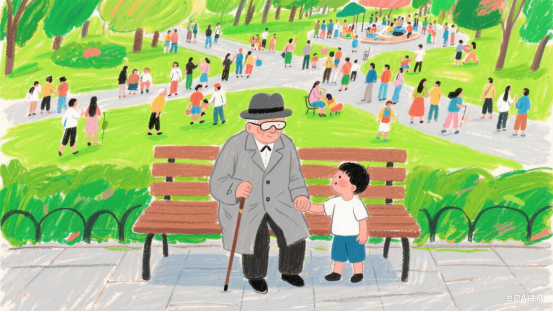探索盲人的视觉世界

Vision is one of our key senses, but what do blind people actually see? This question interests both sighted and blind people. There is no single answer because blindness has many levels.
People born blind see nothing at all. Samuel, blind since birth, explains: “We don’t see black. We see nothingness because we have no sight experience.” Try this experiment: Close one eye while focusing on the other. What does your closed eye see? Nothing! Another way: Consider what your elbow “sees” — nothing.
Those who lose sight later have different experiences. Some describe complete darkness, like being deep in a cave. Others see bright sparks, flashes of light, or colorful patterns. Sometimes they see shapes or objects that aren’t real. Doctors call this visual hallucinations (幻觉).
Besides total blindness, there’s functional blindness. Definitions vary globally. The World Health Organization (WHO) defines blindness as seeing worse than 3/60 vision. What functionally blind people see depends on their condition’s severity (严重程度).
Some see large objects or people, but everything appears blurry. Others might see colors clearly up close — like counting fingers near their face. Some lose color vision or see the world as foggy. Experiences differ greatly. Joey, with 20/400 vision, says: “I always see moving neon (霓虹的) dots that change colors like tiny fireworks.”
Modern tools change lives. With Braille, screen readers, and guide dogs, blind people read books, use computers, and travel independently. Many attend schools and work in various jobs.
Blindness isn’t about darkness. It’s about different ways of experiencing the world. Understanding this helps us build a more inclusive society.
原创编写 版权所有 侵权必究! 每日更新 个性化阅读 英语飙升!
1. 5. What is the main idea of the passage?(主旨大意)
A Ways to help blind people.
B Experiences of the blind.
C Modern tools for the blind.
D The causes of blindness.

